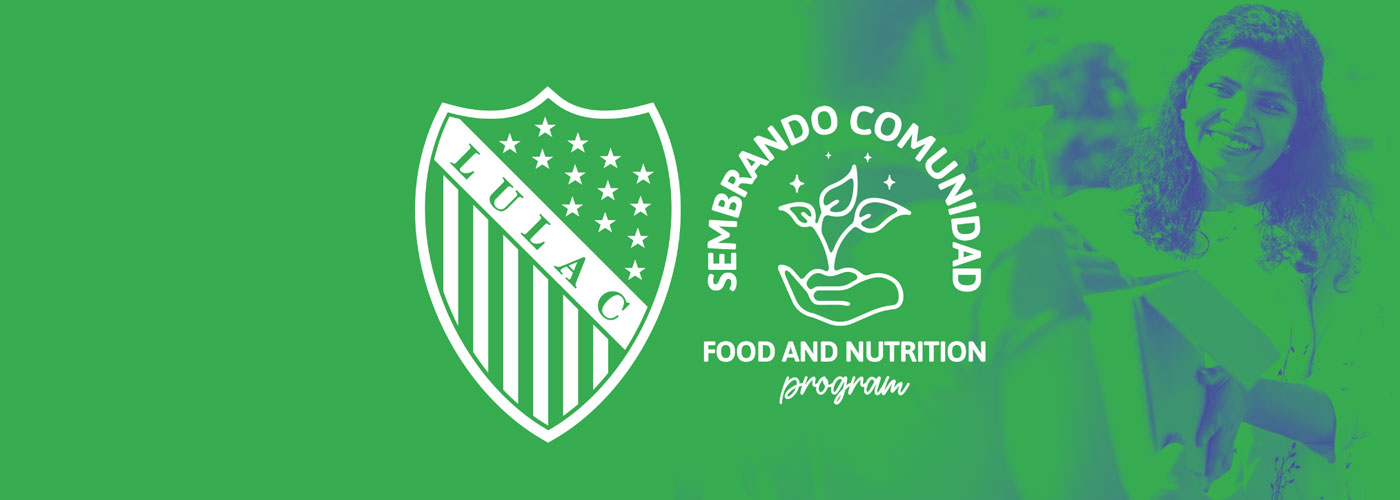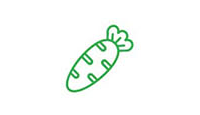
|
|
|
|
According to the USDA, in 2020 about 11 percent of households (13.8 million households) were food insecure at least some time during the year, including 3.9 percent (5.1 million households) that had very low food security. Rates of food insecurity were substantially higher than the national average for single-parent households (single mothers- 27%; single father- 16%) , and for Black (22%) and Hispanic (17%) households. Moderate food insecurity can increase the risk of some forms of malnutrition, such as stunting in children, micronutrient deficiencies or obesity in adults (Food and Agriculture Organization of the United Nations). |

|
|||||||||





